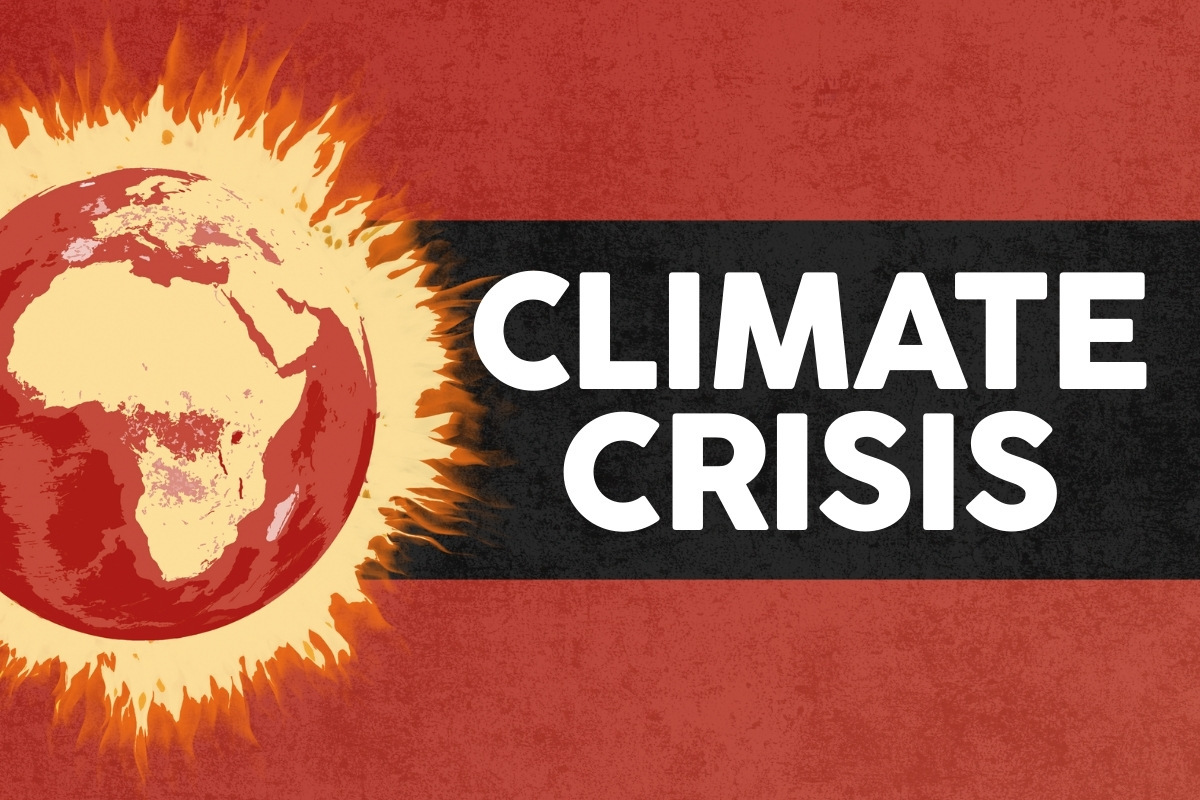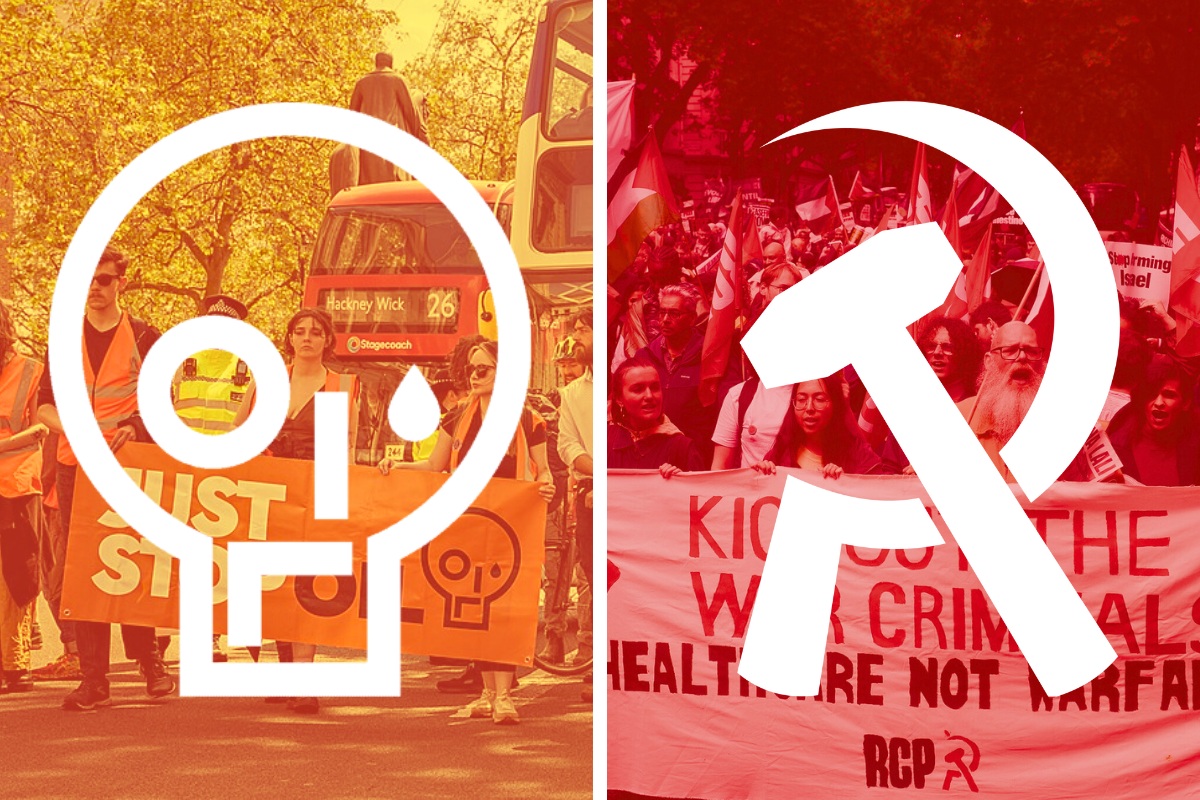Overnight the world has woken up to intimate knowledge of the process
of extracting aluminium from bauxite and its by-product the red mud,
which devastated several villages, including Kolontár and Devecser, in
the SouthWest of Hungary on Monday, 4th October 2010, bringing with it a long term threat of environmental pollution in several countries.
Photo: Ádám MaráczGergely Simon, in his article on magyardiplo.hu
asserts that environmentalists in Hungary and elsewhere have been busy
over several years pointing out the dangers of this substance and
especially the way it is stored in Hungary. The Clean Air Working Party, an
active environmental group, has been bombarding members of the
Hungarian government since 2003 with its warnings. It pointed out that
the approximately 30 million tons of this material is long overdue for
neutralisation and its containers/reservoirs for recultivation. Hungary
has 4 reservoirs in which to store this by-product of aluminium
production, most of which is threatening populated areas and major
rivers. Outdoor storage carries a danger of its dried up dust
travelling on the wind and harming humans, even without a catastrophe,
like the one at Kolontár on 4th October 2010. Additionally,
all 4 reservoirs can leak and reach the water table, thus causing untold
damage to human health that way. The Clean Air Working Party’s warnings have so far remained unanswered by the authorities.
So production of the red mud goes on unhindered with its method
of storage unchanged. As a by-product of aluminium smelting it is
the result of bauxite being treated with a strong caustic
substance to extract its aluminium content. What remains is this
red sludge with a high and very caustic pH value as well as other
toxic materials, like heavy metals. For every ton of aluminium
there will be 2 tons of red mud. Hungary is estimated to produce
6-700 thousand tons a year. In other parts of the world this mud
is further utilised by extracting its valuable content, like its
alkaline base to reuse in the production process. This obviously
isn’t happening in Hungary as in the recent crisis US and
Australian experts couldn’t understand the mud’s highly caustic
nature as in their countries the same mud, having gone through 5-7
washes, is only slightly caustic.
The
Hungarian aluminium industry was privatised in the mid-1990s. The
new owners bought out the old state owned factories and
production plants, which were and still are highly profitable, for
a fraction of their real value. It is believed that the low price
was in exchange for a promise to clean up the industry’s act by
spending the billions necessary to make it environmentally safe.
According to a 2003 estimate by The Clean Air Working Party “the
storage and neutralising costs of this red mud are approximately
50-100 thousand Hungarian forints (200-400 Euros) per ton”.
However, there is no information available about the clear up
operation which The Magyar Aluminiumtermelõ és Kereskedelmi Zrt.
(MAL) has contractual obligations to carry out.
Looking at the pictures and the now slowly appearing analysis
data of the red mud, there is no doubt this sludge has not been
cleaned up. It is still as caustic as it left the production
process through pipes to be stored in the open. The exact content
of the red flood that killed seven and injured nearly 150 people,
inundating several villages over more than a thousand hectares
(2500 acres) on the 4th October, is still not clear.
ÁNTSZ (The State Public Health Authority) announced on 5th
October that the mud is not toxic. However, their statement, that
the legal limits set down in 2009 were not reached, is based on
somewhat questionable data from a 1987 measurement. The value of
11.8 pH from 1987 is drastically inaccurate considering the
measurement taken since 4th October 2010 in Kolontár of 13.5pH. (The pH scale is exponential, so a value of 9pH is 10 times more caustic than 8pH!)
According to the Hungarian Academy of Sciences (MTA) there are
no toxic heavy metals in the mud. This contrasts markedly with
measurements recently taken by Greenpeace, which have found
carcinogenic quantities of arsenic, chromium and the nerve poison
mercury in a sample taken in Kolontár. The Academy later
explained that they measured the liquid, not the mud and even that
somewhere else, not in Kolontár. According to Benedek Jávor,
president of the Environmental Committee of the Hungarian
Parliament, the MTA has not even tested the mud for toxic arsenic
and mercury and then denied that there were any toxic heavy metals
in there. The statement by the owners of the aluminium works,
stressing that the mud is not dangerous, is especially outrageous
in the light of the many caustic burn injuries people have
suffered and are currently in hospital being treated for.
It
is undeniable that beyond the human tragedy and the complete
obliteration of dozens of households and whole villages what we
have here is the complete extinction of life in the Torna stream
and the river Marcal and even the MTA stated that “the
agricultural area around the reservoir had suffered such harm that
even with a complete removal and replacement of the soil it will
not be usable for agriculture for a considerable time, if ever.”
While the dumping of acids, gypsum and nitrates saved the life of
the rivers Rába and Danube, we are still unsure of the long term
affect of these substances on wildlife. If there are really heavy
metals in the mud they can be dissolved by the acids dumped in the
water and pollute both the soil and the river downstream.
Another interesting feature of this crisis has been
governmental attitudes which show a demand for strict punishment
of those responsible, while calling on the population to pray and
donate freely. In their statements to the foreign press, however,
they seem to play down the seriousness of the crisis.
One thing is sure: since the fall of Stalinism nobody had tried
to solve or make the new owners to solve the problem represented
by this red mud. It may be that the state authorities are too weak
and don’t care or – more likely – there is collusion of a
political nature through corruption and personal commercial
interest. (The owners of MAL Zrt. are well known for their
closeness to certain political circles, one of them having had a
joint venture in the past with Ferenc Gyurcsány, a former Prime
Minister). One thing is sure: those that got rich producing
aluminium since 1995 in and around Ajka cannot make the
surrounding population pay for the environmental harm their
industry had done to them.
Greenpeace Hungary has actively assisted the analysis of the
red mud by taking samples in Kolontár and sending it to the Bálint
Analytical Institute in Budapest as well as to the Federal
Environmental Office in Vienna for analysis. On their web site
you can find the results of both tests, listing double the arsenic
levels usual for this type of by-product, which means that there
has been an estimated 50 tons of arsenic released by the
inundation. The levels of arsenic in the ditches around Kolontár
showed 25 times the safe levels for drinking water.
Photo: Ádám MaráczGreenpeace
was scathing about the government and all authorities that have
tried to belittle the dangers and kept the public in the dark with
misinformation. Zsolt Szegfalvi, Greenpeace Hungary’s spokesman
asked: “Why was it left to Greenpeace to reveal and make public
the levels of toxins in the red mud?” He called upon the
government to reveal every bit of information that would
truthfully inform the public how serious is this spill. He also
demanded that the government forces MAL Zrt. and its billionaire
owners to compensate fully all the victims for all their losses
and pay for the entire cleanup operation from their profits.
There is a heartfelt sympathy going out to the victims of this
disaster from all around the world, backed up by donations made by
ordinary people the world over. This is understandable as the
horrendous pictures of several villages, their people and their
animals, struggling to survive the red flood appeared on the TV
screens, in newspapers and on the Internet. But should you and I
pay for something that was caused by negligence, the pursuit of
profit and a callous disregard for even the most elementary safety
standards in an industry long recognised as a major polluter of
land, air and water? No, no and again NO!
The only way to safeguard the world from disasters of this kind
is to rid it of the economic and political system that breeds
this callous disregard for the health and well being of ordinary
people. Capitalism breeds this evil because it is based on the
profit motive which overrides all other considerations and because
it is the rule of the unaccountable few over the disenfranchised
many. The privatisation of this particular factory was not
unusual in post-Stalinist Hungary. The old adage of “It’s not
what you know but who you know that matters!” was the guiding
principle of the early and mid-1990’s privatisation wave. With
the excuse of the need for modernisation valuable state assets
were wholesale stripped and passed on to those close to the
powerful up on high. The web of corruption already existing made
sure that no binding clauses were put in contracts relating to
modernising, making safe or upgrading of any industry sold for
very little with the excuse of being outdated. In those few cases
where these clauses were included, nobody since then cared about
or enforced its provisions. The trade union movement was all but
obliterated and is still at a very low level for an EU country.
Health and safety at work is practically non-existent, in spite of
the millions of words in laws which are never enforced. The
Health and Safety Inspectorate has one inspector for over a
thousand factories, so inspections are not exactly frequent or
thorough. Corruption has its role to play there as well, as an
envelope in the pocket will make sure that the inspector will not
look too closely at anything and this way all is safe and
according to the law. One of the news channels reported after 4th
October that it was less than two months ago that the reservoir
received a completely clean bill of health in an inspection, but
all Hungarians I discussed this with just smiled and shrugged
their shoulders at this news. “It means nothing!” said one of
them, “We have those in my factory but accidents are still
frequent due to unsafe equipment and even more unsafe working
practices”.
The only social and economic system that will make sure that
your village, your town, your house or flat, your place of work
and your entire country is safe is socialism based on workers’
democracy. Can you imagine a committee of workers, consumers and
locals running this aluminium factory allowing its waste storage
to be this dangerous? No way! In a socialist economic and
political system the wealth created by the labour power of every
worker will be put at the disposal of ordinary people to plan, run
and enjoy their work, their life and from those resources there
will be enough for safety and nothing for fat cat profits of the
rulers. When everybody is a ruler, nobody is a ruler.
The red flood of Kolontár, Hungary on 4th October
2010 was undoubtedly a manmade-not a natural-disaster. But it
was made not just by any man, but a capitalist industrialist, who
cared for his own billions and his shareholders’ profits more than
the life and health of people and the environment. Get rid of
him and the system he represents, and you will never need to
donate a penny again to disaster funds!





